Lead Sources: How Do You Track and Analyze Them?
In today’s world, lead generation has become one of the most critical aspects of any successful business strategy. Analyzing and understanding where your leads are coming from and how they are finding your business is crucial. This information can help you optimize your marketing strategies and focus on campaigns that are actually generating revenue.
In this blog, we will dive into lead sources and also shed some light on tools that you can use to track sources.
Let’s get started!
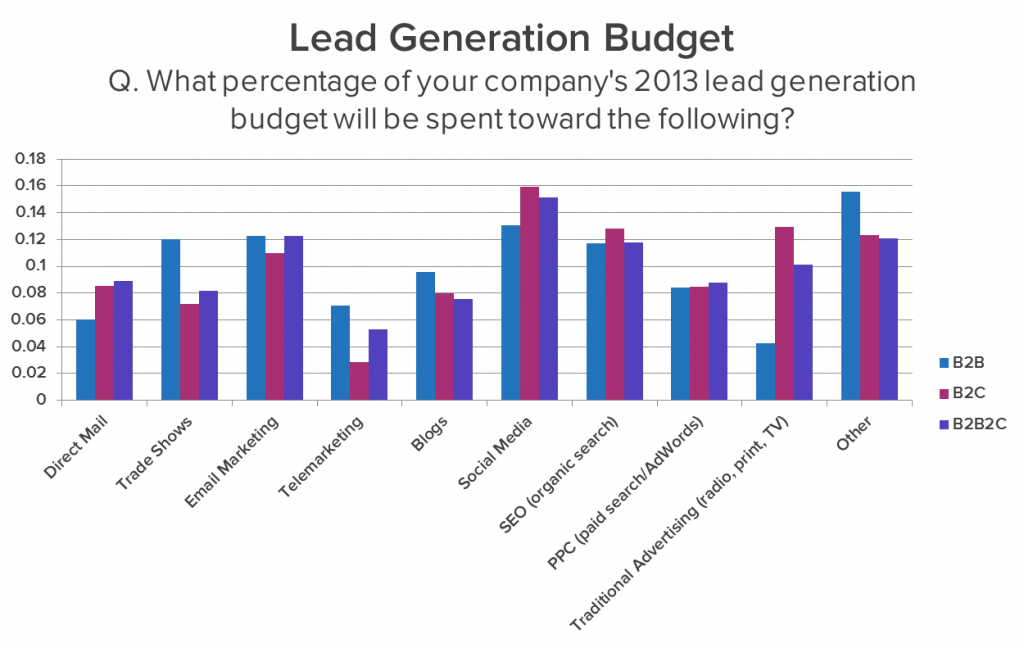
Image Source: Hubspot
What Is A Lead Source?
A lead source is the platform from which customers find your business and land on your website.
To give you an example, you see a plethora of ads running on Facebook. When you click on one of these ads and land on that brand’s website, Facebook or social media becomes the lead source.
By knowing the sources of your leads, you can,
- Identify which marketing channels are bringing in the most number of leads
- Adjust or optimize your strategies accordingly
- Generate better leads and increase business revenue

Why Should You Track Lead Sources?
A lead’s source of the visit is an important piece of the puzzle for its customer journey. Here’s why you should track it.
Identify Effective Marketing Channels
By tracking sources, you can easily determine which marketing channels such as social media, emails, events, etc. are proving to be most effective for the business. You can then use this information to craft different strategies for different platforms and improve your funnels.
For instance, if lead tracking shows that you’re generating more leads from your email marketing campaigns, then your strategies must be focused in that direction. Meanwhile, if social media is not working for you, then your efforts here can be minimized.
Optimize Your Funnel
A better understanding of different lead sources can effectively help in optimizing your sales funnel and ensuring a high inflow of leads. Tailor your messaging in a manner that resonates with your target audience. For instance, if you find that a major chunk of your leads is converting through your Google ad campaigns, then create content that is specifically designed to engage and convert leads from this channel or platform.

Measure Your ROI And ROAS
ROI means measuring the returns that you’re getting from all the investments you’re making. ROAS, on the other hand, means the returns you’re getting from the amount spent on running ads across various platforms. Though the two concepts are different, their end goal remains the same – to identify the right lead sources and bag as many conversions as possible.
By tracking your lead sources, you can easily measure the ROI and ROAS of each of the marketing channels that you’re using and determine which ones are delivering the best returns. Such information can significantly help make data-driven decisions about where to invest your marketing budget and resources and how to reap the maximum benefits.
Identify New Opportunities
Another reason why knowing lead sources is because it helps identify new opportunity channels. To give you an example, if your data shows that a major chunk of your leads is coming from referral marketing, you may want to consider and add this channel to your portfolio. Seamlessly launch referral programs by incentivizing your existing customers and bringing in new leads to your business.
Types Of Lead Sources
There are many different types of lead sources that you can leverage to generate business leads. For your ease, we’ve divided these sources into two primary buckets – inbound lead sources and outbound lead sources.
Let’s start with inbound lead source types.
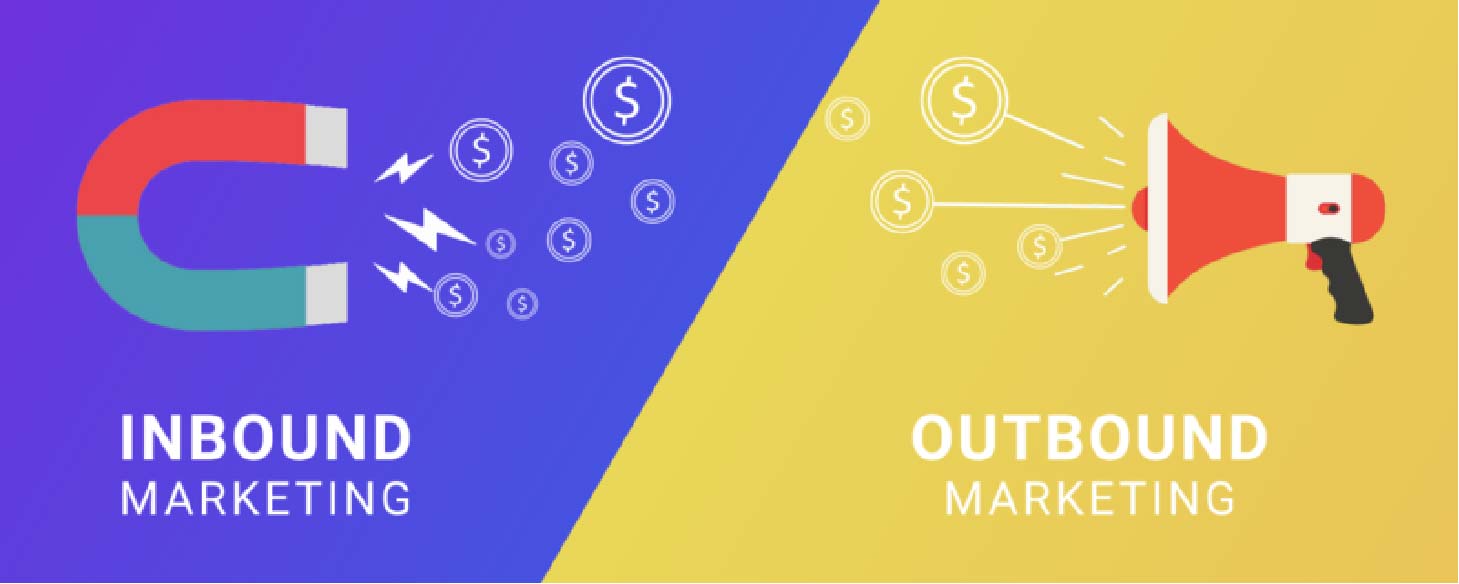
Inbound Lead Sources
Inbound lead sources, as the name suggests, are the ones where people initiate the conversation or contact the business. These leads are usually high quality as the customers themselves walk into your storefront looking for products/services. They’re more interested in your offerings and have a higher chance of converting into a paying customer.
Some types of inbound lead sources are:
A. Website
Your business website sits atop the list of inbound leads. It’s also one of the most powerful tools to bag leads. This is because your website is a place where customers get an opportunity to understand your offerings most effectively and shape their decision.
B. Content Marketing
Content marketing involves crafting and sharing valuable pieces of content that help attract and engage audiences. This could be through blogs, eBooks, white papers, videos, and even your website’s content.
C. Search Engine Optimisation
Otherwise known as SEO, search engine optimization helps optimize your website and its content to rank high on search engine results pages (SERPs). By using and targeting the right set of keywords and creating high-quality content, you can attract leads to your website in an organic form.
D. Social Media Platforms
Social media platforms such as Facebook, Instagram, Linkedin, Twitter, and Youtube are increasingly becoming a vital source of generating high-quality inbound leads. By sharing engaging content and constantly interacting with your potential customers you can
- Increase lead flow in your sales funnel
- Build customer relationships
- Convert leads into repeat customers and even brand loyalists
Outbound Lead Sources
Outbound leads refer to potential customers or prospects who are actively pursued by your sales team instead of them seeking you out. Outbound lead sources are the channels or methods through which you acquire these leads.
Outbound lead sources commonly stem from:
A. Email Marketing
Outbound campaigns involve sending emails to a list of potential customers or subscribers. These are usually sent as a sequence of emails originating from your actual sales reps. Sometimes these emails would contain links and when prospects click these links to visit your website, the outbound campaign will be marked as the lead source.
B. Cold Calling
Have you ever received a random call from a person claiming to be from a company you haven’t engaged with, pitching their product/services? If you end up showing interest and sign up as a lead, you would become a lead generated through cold calling.
Cold calling means calling a list of prospects who’ve never shown any interest before and persuading them to use your product/service. While this is an effective way to generate leads, it’s important to ensure that calls are highly targeted and relevant to the people you’re calling.
What Are The Top 5 Lead Source Tracking Tools
Now that we’ve understood what lead source means and its different types, let’s now look at the top 5 tools which can help you track lead sources for your analytics and marketing enablement.
Salespanel
Salespanel is a customer journey tracking and attribution solution for B2B businesses. Besides enabling you to track the exact source of your leads, you can also analyze lead behavior, and rank leads based on their engagement level.
For lead sources, Salespanel provides you the information with the help of referral tracking and UTM parameters. So, for every visitor, lead, or account on your website, you will know where they came from and what they did on your website.
The platform is easy to integrate with many popular and commonly used marketing automation tools including Salesforce, Pipedrive, Zoho, etc., and automatically tracks touchpoints across multiple channels out of the box.
The data Salespanel provides along with the lead sources can help you understand the motivations of your prospects and also identify channels that are bringing the most valuable leads.
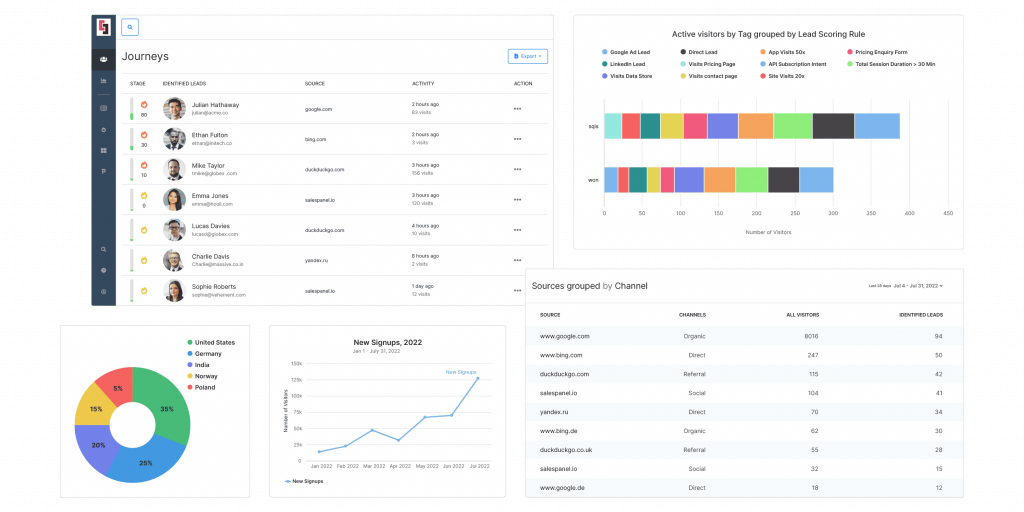
Google Analytics 4 (GA4)
Google Analytics 4 (GA4) is the latest analytics platform released by Google. It offers a myriad range of features that are specifically designed to help businesses track the source of incoming traffic including advanced tracking for mobile apps and cross-device tracking
GA4 also offers deep insights into how website visitors interact with your website and content. It provides information about their demographics, geography, their overall behavior, and much more.
While the tool is good for tracking sources, it needs to be noted that the information is only available for grouped cohorts and not for individual visitors (like Salespanel).
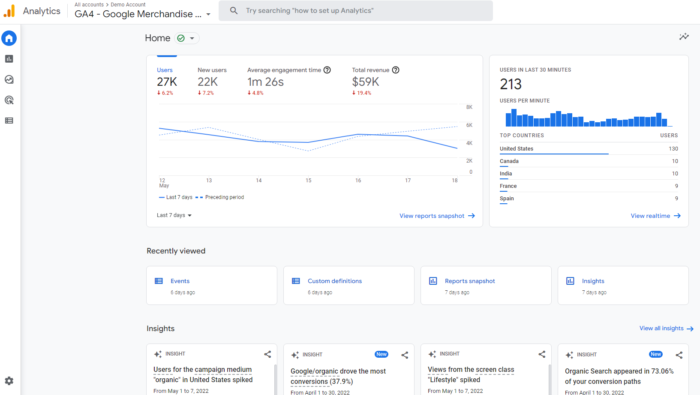
Image Source: Neil Patel
HubSpot
Over the years, HubSpot has turned into one of the go-to tools for CRM and marketing automation. The platform also offers a wide variety of other marketing and sales tools which make it a comprehensive solution for your lead generation and management needs.
With HubSpot, you can
- Easily track lead source
- Analyse lead behavior
- Score leads based on their engagement level
It is however important to note that while Hubspot’s entry-level solutions are free, the costs of premium plans get steeper as your usage increases. If you are already using the Hubspot CRM, this solution will be a good fit for you. For any other CRM, you might want to shop elsewhere.
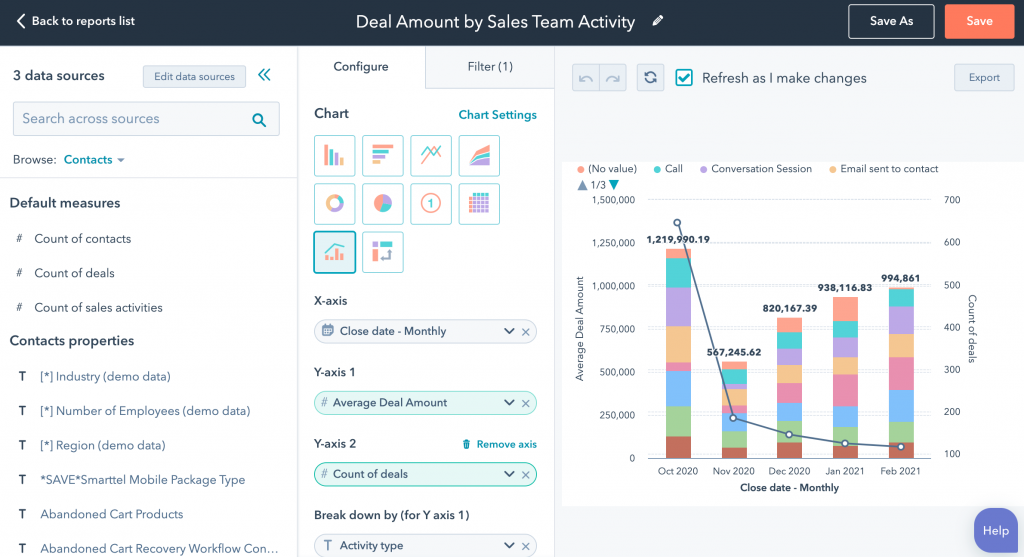
Image Source: Hubspot
Salesflare
Salesflare is a tool to manage your sales pipeline, track leads, and automate workflows. The software provides a wide range of features for tracking leads, including
- Lead capture forms
- Lead scoring
- Lead source tracking
With Salesflare, you can map the interaction of leads across different channels and campaigns. You can use such information to measure the effectiveness of your marketing efforts and optimize them to generate more leads.
The platform is also user-friendly and offers integrations with many popular marketing and sales tools, including HubSpot, Zapier, Mailchimp, etc.
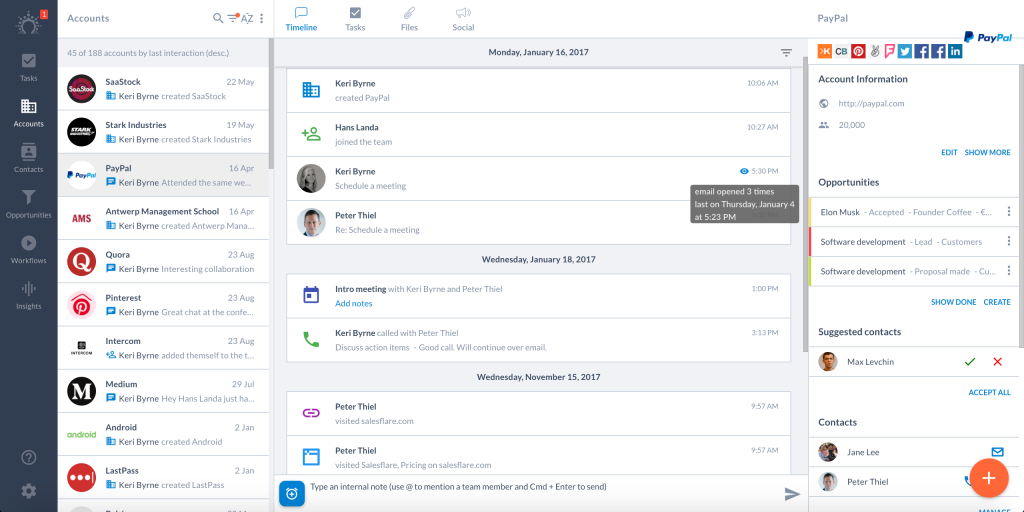
Salesforce
Last on our list is Salesforce. Similar to Hubspot, this product, as you might already know, provides a wide range of solutions.
- Track leads across various channels and campaigns
- Track lead source, lead status, lead score, and lead engagement
- Measure the effectiveness of your marketing efforts
- Optimise campaigns based on the data captured
Being one of the most widely used platforms, you can easily integrate Salesforce with your existing sales and marketing tools to maximize lead-tracking activities.
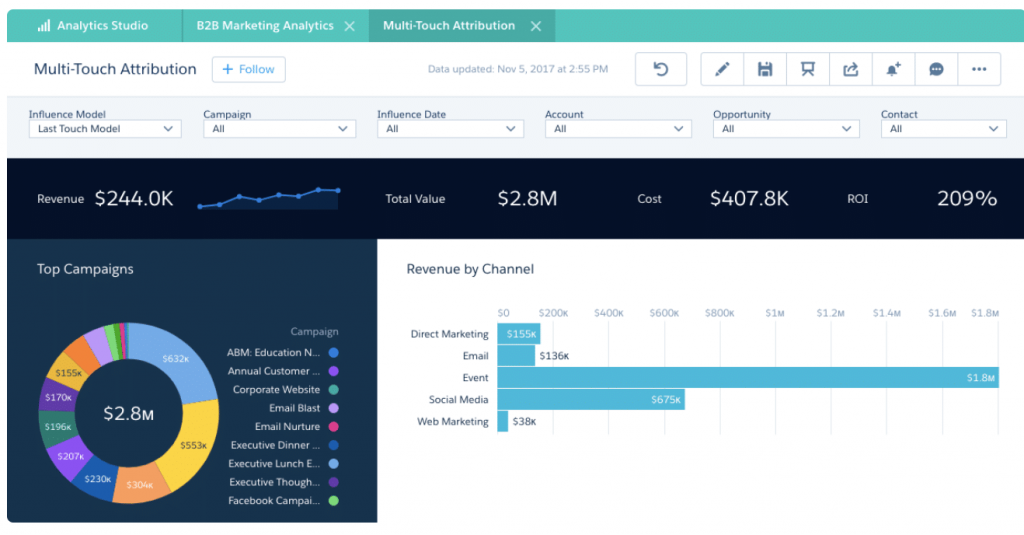
Conclusion
Lead source tracking is highly critical, especially in today’s day and age. With the help of the right tools, you can gain valuable insights into how leads interact with your website, identify which marketing channels are working best for you, and use this information to optimize your campaign to maximize leads. Tools like Salespanel, GA4, HubSpot, Salesflare, and Salesforce can be highly beneficial in tracking lead sources and giving your business the edge it deserves.
Sell more, understand your customers’ journey for free!
Sales and Marketing teams spend millions of dollars to bring visitors to your website. But do you track your customer’s journey? Do you know who buys and why?
Around 8% of your website traffic will sign up on your lead forms. What happens to the other 92% of your traffic? Can you identify your visiting accounts? Can you engage and retarget your qualified visitors even if they are not identified?


